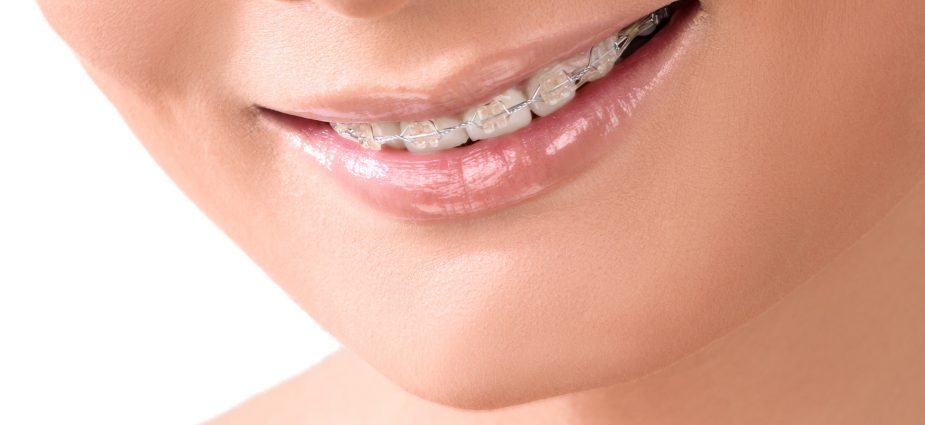When it comes to the reasons why patients consider orthodontic treatment or the need to wear braces, this can vary from one patient to the other. A recent survey noted that about 3 million Americans visit their local dentist or a specialized orthodontist to have braces. As orthodontic treatment continues to rise at a steady rate, and the number of adults opting for the treatment increasing, it is important to make regular visits to an orthodontist.
You just have to make sure that you only consult one who goes through orthodontic continuing education courses to upgrade practice. When you visit a dentist, it is likely that they ask you to meet an orthodontist for the best orthodontic treatment. They will refer you to such specialists for a consultation.
Who Needs Braces?
Generally, the Association of Orthodontics recommends that most children should go for their first consultation to an orthodontist when they are no later than seven years of age. Although a child seven years of age may seem too young to have braces, an early checkup gives orthodontists the best chance to use preventative measures to correct any problem that may lead to children needing braces in the future. Parents can also receive the right advice on how orthodontic treatments could benefit them.
On the other hand, adults can seek orthodontic treatment at any age, since it is never too late to opt for the best solution to correct the teeth position. When you visit an orthodontist, the initial consultation will often be a complete evaluation of the teeth of the patient, as well as their facial structure. Rest assured that orthodontists only move deeper into the treatment only after the patient agrees to move ahead with the treatment. The orthodontist then takes complete diagnostic records.
When you consult a specialist who has gone through Gerety Orthodontic Seminars, they will use the best diagnostic tools, and x-ray models to get a complete model of the patient’s teeth. This will also give a clear image of the teeth of the patient and orthodontists can use it to get the best treatment plan to help the patient. Even though it is not important to get a referral from your orthodontist, it will be best if you get a referral when choosing an orthodontist. This will serve as an assurance that you have the right professionals by your side.
What Leads to the Need for Braces?
Keep in mind that braces work best to move the position of the teeth back to their original position. This helps to get them back to a proper bite, which often results from problems like occlusion and malocclusion. These two describe when the teeth do not align properly when biting. At such times, dental braces help to move the teeth back to an ideal position, and this aligns the teeth back together.
Most people who visit specialists that have orthodontic continuing education credit learn about the different types of misalignment issues that affect patients. These often include:
Class I Bite: This results when there’s some space between the lower and the upper set of teeth. Spacing or crowding could affect the bite, resulting in a class I bite.
Class II Bite: This also goes by as the term overbite. It results when the patient’s first molar has a posterior position, or towards the back of the mouth. When the mouth closes, it appears as the upper jaw protrudes forward. This has two subclasses that describe the upper front teeth position, however, in the two cases, the relationship of the molar is the same.
Class III: The first lower molar, in this case, is closer to the front section of the mouth. In this case, the lower jaw protrudes forward and the other term for it is an underbite.
Crowding: Sometimes, patients who struggle with crowding will also suffer from problems like crowding. They end up suffering from lack of space in the mouth, due to the teeth overlapping on each other. This leads to a misaligned bite and causes the teeth to grow in an inappropriate position in the mouth. In some extreme cases, it causes the tooth to trap in the bone. The most understandable reason for crowding is that the dental arch could be too small for the teeth. In most cases, it causes adult teeth to be quite bigger than normal.
Furthermore, crowding could result when the baby teeth fall off earlier or retain in the mouth for a longer period. Such factors could slow down or inhibit the adult tooth, which forces them to grow or erupt into the correct position. An expert who has enough experience through orthodontic continuing education courses will guide you about how crowding can make it a problem to floss and brush the teeth properly, which can result in gingivitis or tooth decay.
These are just some of the reasons why you may need to consider orthodontic treatment. Just make sure that you consult the right experts in your area.



